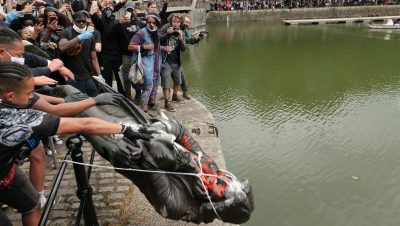Features / history
Bristol’s links to Tudor England
Henry VIII never officially visited Bristol but there are rumours that he may have come to the city in disguise almost 500 years ago.
The Tudor monarch did stay at both Thornbury Castle and Acton Court during a tour of the West Country with his Anne Boleyn in 1532.
Thornbury Castle was originally built in 1511 as a home for Edward Stafford, the Duke of Buckingham, who, being the king’s distant cousin, was one of the most influential noblemen at the time.
is needed now More than ever
At Acton Court in Iron Acton, Nicholas Poyntz built a new east wing onto the existing moated manor house in advance of Henry’s visit .
Only rediscovered in 1994 after being hidden in masonry is the garderobe or privy that Henry may well have done his business in during his stay in Iron Acton.
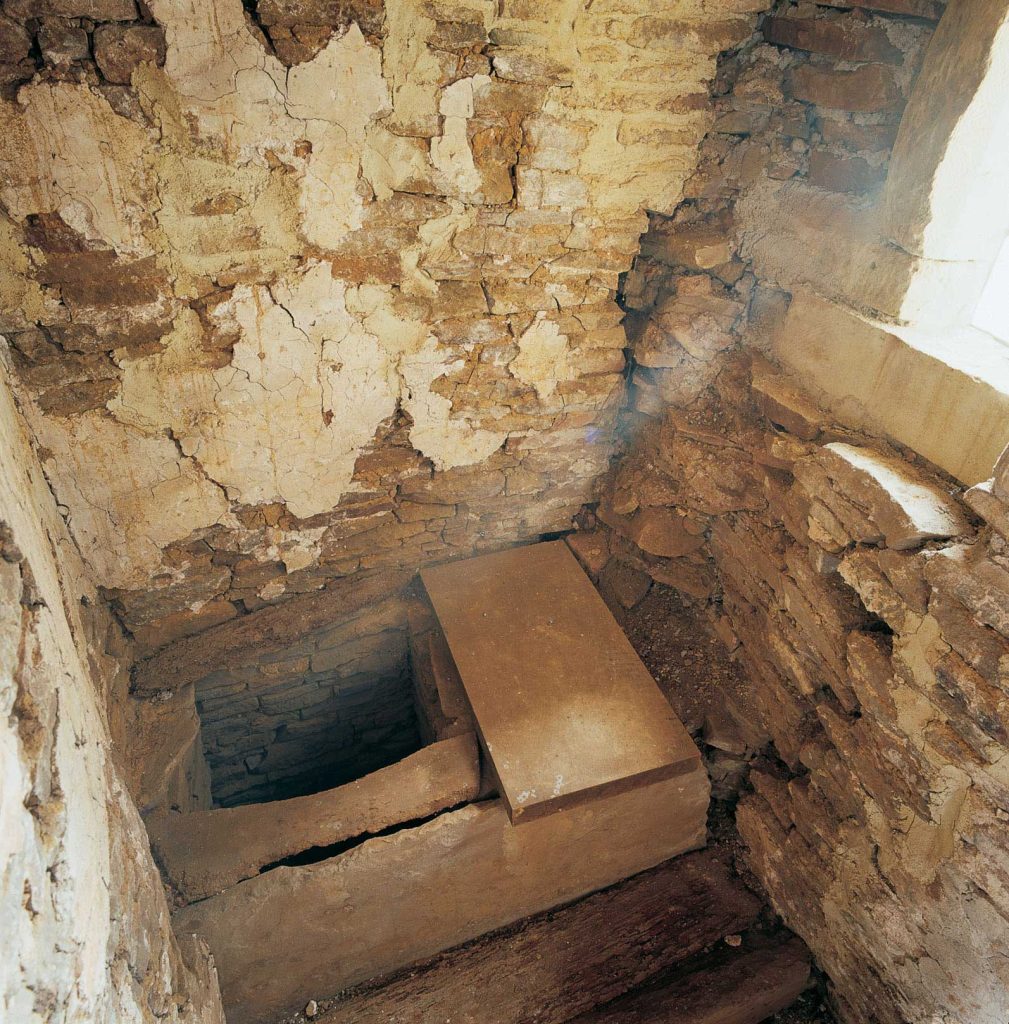
King Henry VIII’s throne when he visited Acton Court – photo: Acton Court
An equally significant Bristolian connection to Tudor history is St Mary Redcliffe Church, where Queen Elizabeth I visited in 1574
Having improved trading links with Spain, Elizabeth came to Bristol in 1574, expecting the city to voice their gratitude to her.
She was incredibly impressed with the church, referring to it as “the fairest, goodliest and most famous parish church in England”.
Elizabeth did the church a great favour by restoring some of the funds previously confiscated during the Reformation period, with these funds remaining in the custody of the St Mary Redcliffe Church Lands Charity ever since.
St Mary Redcliffe & Temple School was founded in 1571 as Queen Elizabeth’s Free Grammar and Writing School after being granted a royal charter by Elizabeth I.
Queen Elizabeth’s Hospital School, now better known as QEH, was founded by John Carr in 1590.
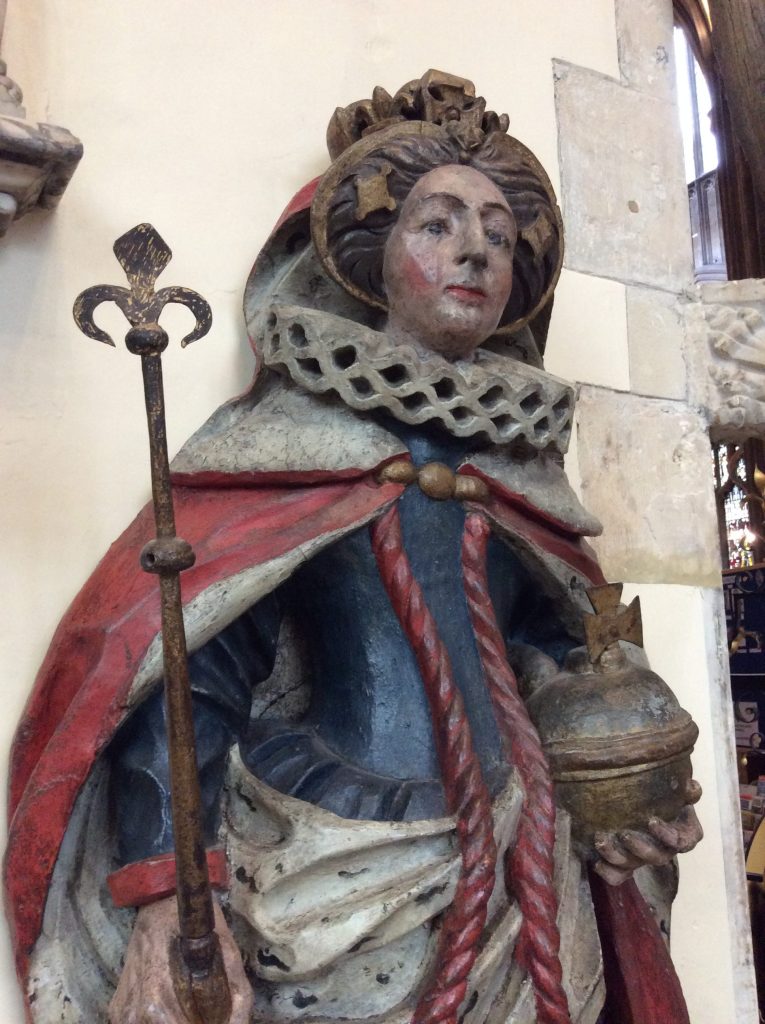
Queen Elizabeth I is remembered in a small statue at St Mary Redcliffe Church – photo: Bristol24/7
A Tudor landmark in Bristol is what is now the Red Lodge Museum.
The building on Park Row was constructed in 1579 for Sir John Young as a guest house and entertainment pavilion for the Great House on which the Bristol Beacon now stands.
Young descended from a line of merchants and served as a companion and advisor to Henry VIII and Elizabeth I, who stayed at the Great House during her visit to Bristol in 1574.

The Red Lodge was recently one of three museums across Bristol earmarked for closure – photo: Martin Booth
We are all aware of Cabot Circus but do you know who it’s named after?
Giovanni Caboto, better known as the anglicised John Cabot, was an Italian navigator and explorer who took up residence in Bristol in late 1495. The following year, he was commissioned by Henry VII to explore in search of undiscovered lands.
His first excursion was unsuccessful and he was forced to return home within the year but in 1497, he took 18 men on board the Matthew, eventually landing in Newfoundland in modern-day Canada and claiming the land for the English king.
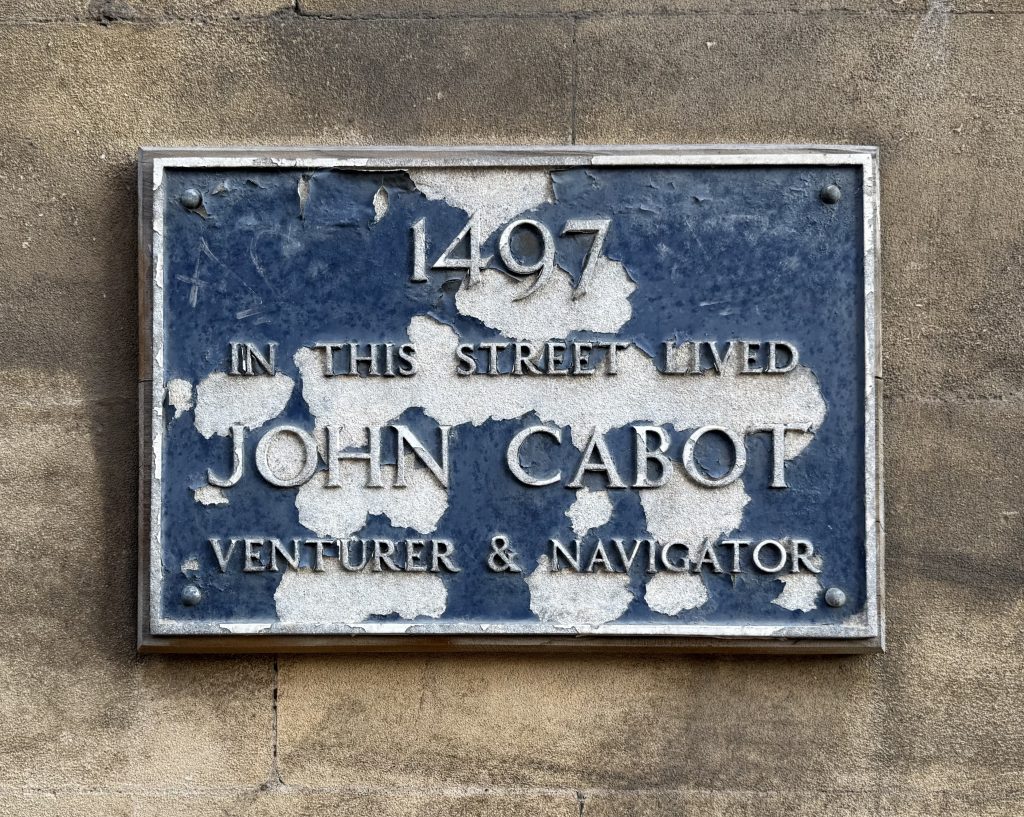
John Cabot woz ere – photo: Martin Booth
Located between Small Street and Broad Street and currently being (slowly) turned into the luxury Hotel Gotham now due to open in 2026, the Guildhall’s history predates the Tudor dynasty with its original foundations laid in the late 13th century.
However, the building’s architectural evolution continued well into the Tudor period, with some of its most distinctive elements being developed and refined throughout the 16th century.
The Victorian reconstruction faithfully emulates these traditional Tudor arched doorways, their distinctive pointed profiles creating dramatic entrances that speak to both medieval grandeur and Tudor refinement.
The building’s decorative scheme exhibits the red and white Tudor rose in its sunken panels, a powerful symbol that unites the warring houses of Lancaster and York, demonstrating how Tudor heraldry became permanently embedded in English civic architecture.
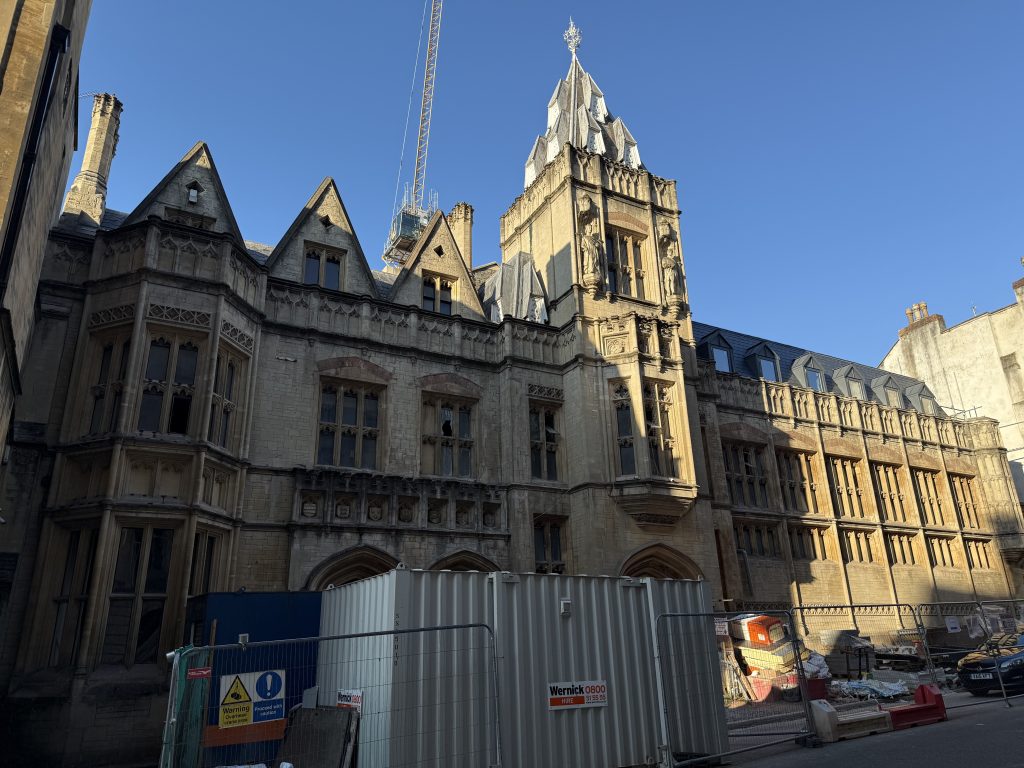
Hotel Gotham is due to open in the historic Guildhall in early 2026 – photo: Martin Booth
Learn more about the Guildhall and Bristol’s history on a walking tour of the Old City and Castle Park with Bristol24/7 Editor, Martin Booth. For more information and to book, visit www.yuup.co/experiences/explore-bristol-s-quirkiest-corners
Main photo: Martin Booth
Read next:
 Our newsletters emailed directly to you
Our newsletters emailed directly to you














